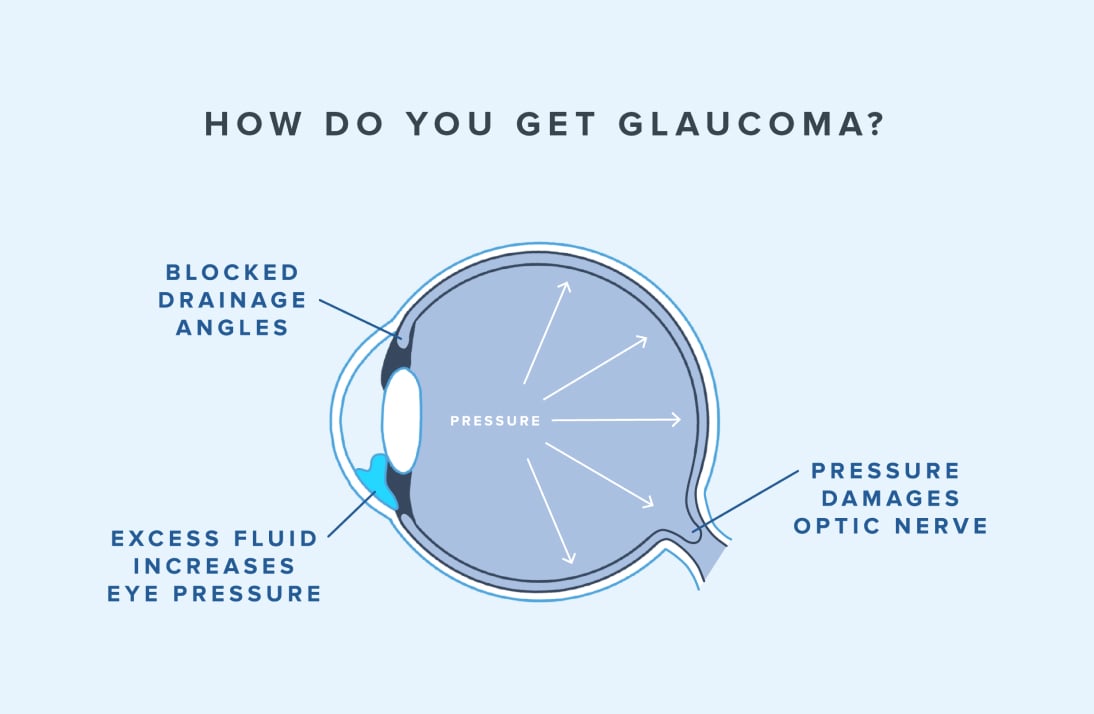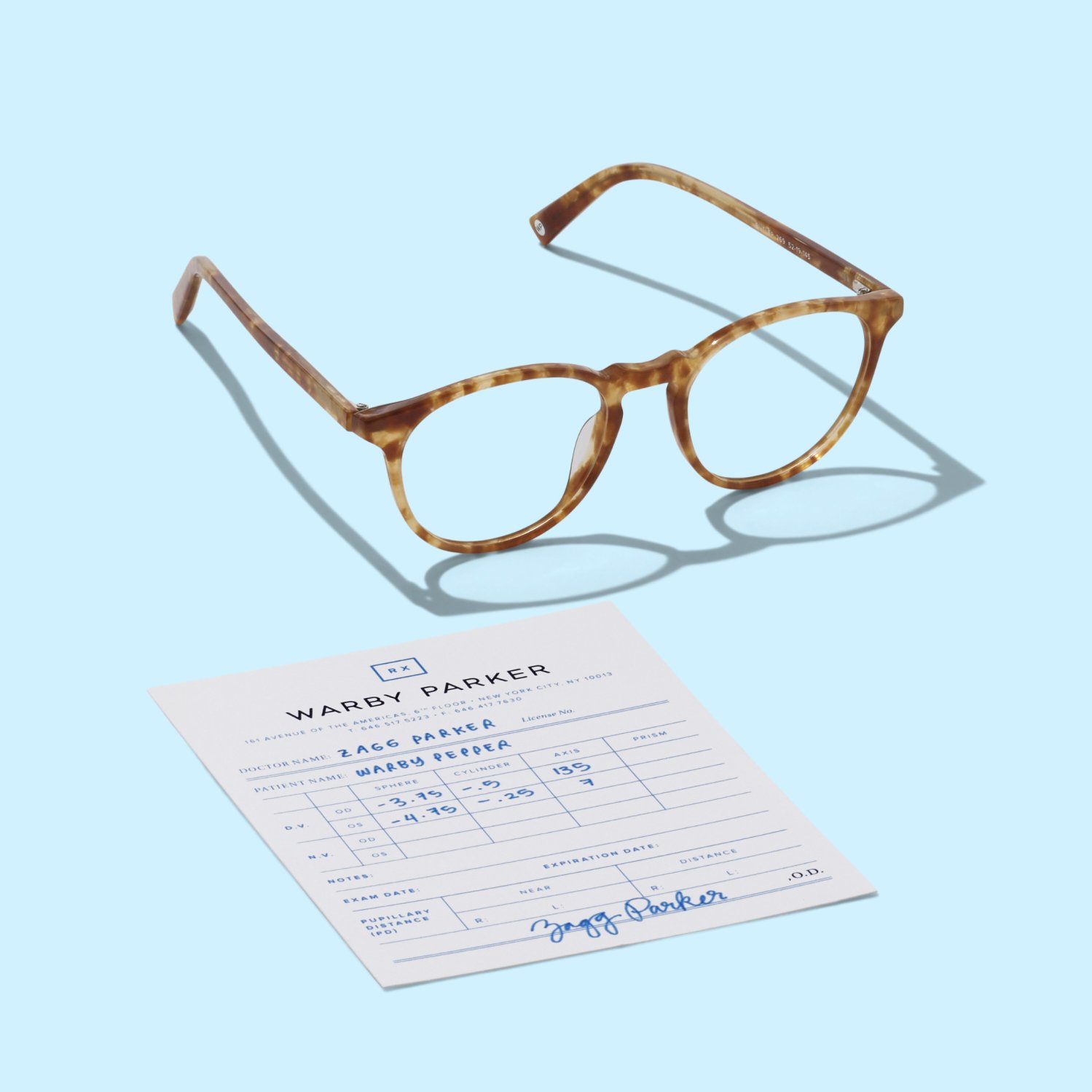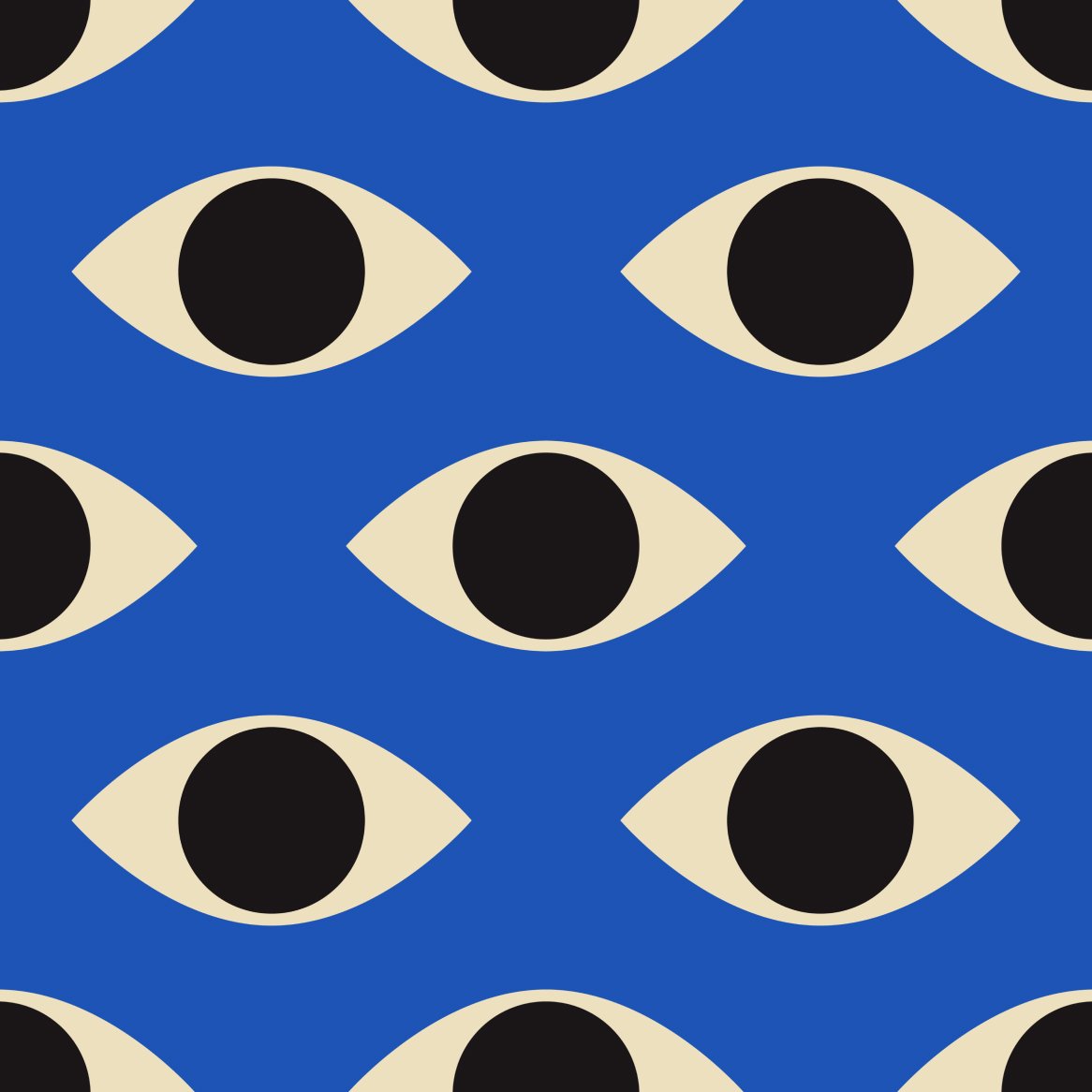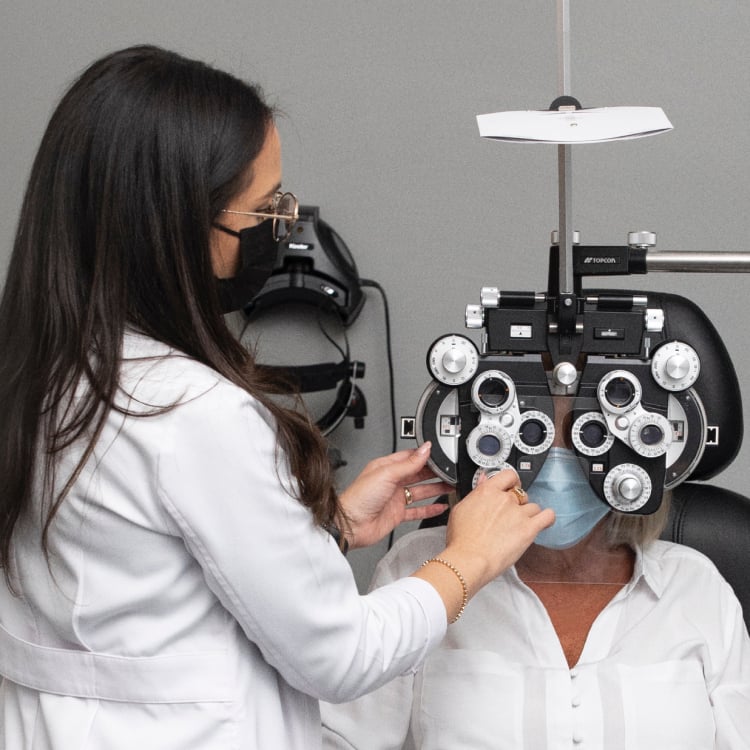Glaucoma is a category of eye diseases that damage the optic nerve. The optic nerve connects the eye to the brain and is vital for good vision.
Glaucoma can be serious. In people over 60, it’s the leading cause of blindness. There’s no cure for glaucoma. And often, a person with glaucoma won’t have any symptoms at first. But early treatment and precautionary measures can prevent glaucoma-related vision loss and blindness.
In this guide, we’ll discuss different glaucoma types, causes and risk factors, symptoms, and treatment.
How Do You Get Glaucoma? Causes and Risk Factors for Glaucoma.
The main causes of glaucoma are generally fluid build-up in the eye resulting in increased pressure on the optic nerve. Here’s how it happens.
A “normal” eye makes fluid, known as aqueous humor, at a constant pace. The fluid normally drains out of the eye at the same rate it is made. This drainage system keeps the eye’s pressure (known as intraocular pressure) steady.
If the drainage system doesn’t work as it should, fluid can accumulate in the front of the eye. The extra fluid puts pressure on the optic nerve and damages the optic nerve tissue.
With each bout of nerve damage, a portion of vision might be lost. In many cases, the damage can progress so slowly that the resulting vision loss isn’t noticed until the loss is severe.
Who Is at Risk for Glaucoma?
Glaucoma can happen to anyone. But people with one or more of these glaucoma risk factors have a higher likelihood of developing glaucoma:
- Age over 55
- African-American, Asian, or Latino heritage
- Corneas that are thin in the middle
- Corticosteroid medication use
- Diabetes, high blood pressure, migraines, or sickle-cell anemia
- Extreme myopia (nearsightedness) or hyperopia (farsightedness)
- Eye injury or certain eye surgeries
- Family history of glaucoma
- Intraocular pressure that’s higher than normal (ocular hypertension)
- Narrow drainage angles (fluid drainage area)
Main Types of Glaucoma
The two main glaucoma types are open-angle glaucoma and angle-closure glaucoma. Alternate terms for angle-closure glaucoma are closed-angle glaucoma or narrow-angle glaucoma.
Open-Angle Glaucoma
Open-angle glaucoma is the most common type of glaucoma. With open-angle glaucoma, the eye’s drainage angles get clogged very gradually. Excess fluid can’t drain properly and starts to build up.
The resulting elevated eye pressure damages the optic nerve. This causes gradual vision loss that might not be immediately noticed.
Angle-Closure Glaucoma
This glaucoma type occurs when someone has a drainage angle that is very close to their iris. The iris can obscure part of or all of the drainage angle, which impedes fluid from draining properly.
Angle-closure glaucoma that happens slowly is called chronic angle-closure glaucoma. A person with this form of glaucoma might not develop any symptoms until it has progressed into an acute attack. An acute attack can also happen if the drainage angle becomes blocked suddenly.
An acute attack is a serious ocular emergency. It requires an eye care provider’s attention immediately, or it can cause permanent vision loss.
Other Glaucoma Types
Other types of glaucoma are not as common as the two main types. These include:
Congenital Glaucoma
Congenital glaucoma is due to genetically-determined abnormalities in a part of the drainage angle resulting in elevated eye pressure. Often, this is caused by the drainage angles not developing correctly in utero.
Normal-Tension Glaucoma
Normal-tension glaucoma happens when someone has normal eye pressure but optic nerve damage and subsequent loss of vision may still occur.
Secondary Glaucoma
Secondary glaucoma occurs as a result of an acquired condition that causes elevated eye pressure. It can be of open or closed angles and can develop in one or both eyes. Causes are typically due to trauma, inflammation, advanced cataracts, certain drugs like steroids, and conditions such as diabetes.
What Are the Symptoms of Glaucoma?
Glaucoma symptoms can vary depending on the type of glaucoma and how far it has progressed.
Open-Angle Glaucoma Symptoms
Early stages of open-angle glaucoma are often symptom-free. Many times, it’s only after the disease has progressed that symptoms occur. This “symptom sneak-up” is why open-angle glaucoma is sometimes referred to as “the silent thief of sight.” There’s usually no eye pain with this form of glaucoma.
Symptoms of open-angle glaucoma include:
- No symptoms in the early stages
- Gradual blind spots in peripheral vision (side vision)
- Central vision blind spots in later stages
Angle-Closure Glaucoma Symptoms
Symptoms of angle-closure glaucoma can happen slowly or develop very quickly and manifest as an acute attack. It’s important to get medical attention right away if you experience these symptoms, which include:
- Eye redness
- Headache
- Nausea and/or vomiting
- Rainbow halos or rings around lights
- Severe eye pain
- Sudden blurred vision
Congenital Glaucoma Symptoms
These symptoms in children may indicate congenital glaucoma:
- Cloudy or dull eyes (infants)
- Blinking a lot (infants)
- Tearing while not crying (infants)
- Blurry vision
- Headache
- Worsening myopia
Normal-Tension Glaucoma Symptoms
Normal-tension glaucoma symptoms can include:
- No symptoms in the early stages
- Gradually, blurred vision
- Loss of peripheral vision in later stages
Secondary Glaucoma Symptoms
Secondary glaucoma symptoms can present differently depending on the cause:
- Blurred vision during or after exercise
- Halos surrounding lights
- Gradually, blurred vision
- No symptoms in early stages
- Loss of peripheral vision in later stages
- Headache
- Pain in the eyes
- Nausea and vomiting
- Redness in the eyes
Glaucoma Treatment
Glaucoma is irreversible. But to treat glaucoma and help to prevent its progression, your doctor may prescribe eye drops, recommend surgery, or both.
Prescription Eye Drops
For glaucoma, an eye doctor might prescribe special glaucoma eye drops containing medication that lowers eye pressure. Some drops do this by making it easier for the aqueous fluid to flow out the drainage angles. Other drops may help decrease fluid production.
Surgery
Certain surgical procedures could help halt or slow the progression of glaucoma. These include:
- Trabeculoplasty: A type of laser surgery for people with open-angle glaucoma. This surgery helps the drainage angles drain fluid more efficiently.
- Iridotomy: A type of laser surgery for people with angle-closure glaucoma. With this surgery, a tiny hole is made in the iris to help fluid drain.
- Microinvasive Glaucoma Surgery (MIGS): A group of microinvasive glaucoma surgeries which lower eye pressure by using microscopic-sized equipment and tiny incisions. This improves fluid outflow while also reducing the risk of complications seen in standard glaucoma surgeries.
- Trabeculectomy: A procedure to create a new channel so fluid can drain out of the eye.
- Glaucoma drainage device implantation: A procedure to place drainage tubes into the eye.
- Cataract surgery: A surgery that could help people with narrow drainage angles. This surgery creates more space for fluid to drain.
The Best Glaucoma Prevention? Staying On Top of Your Eye Health
Since several types of glaucoma might have no symptoms in their early stages, the best prevention is to keep up with your annual comprehensive eye exams.
With early detection, your optometrist or ophthalmologist may be able to prevent glaucoma-related vision loss. And at the appointment, your doctor can also check for other eye conditions that could impact your vision and overall eye health.







